Animals
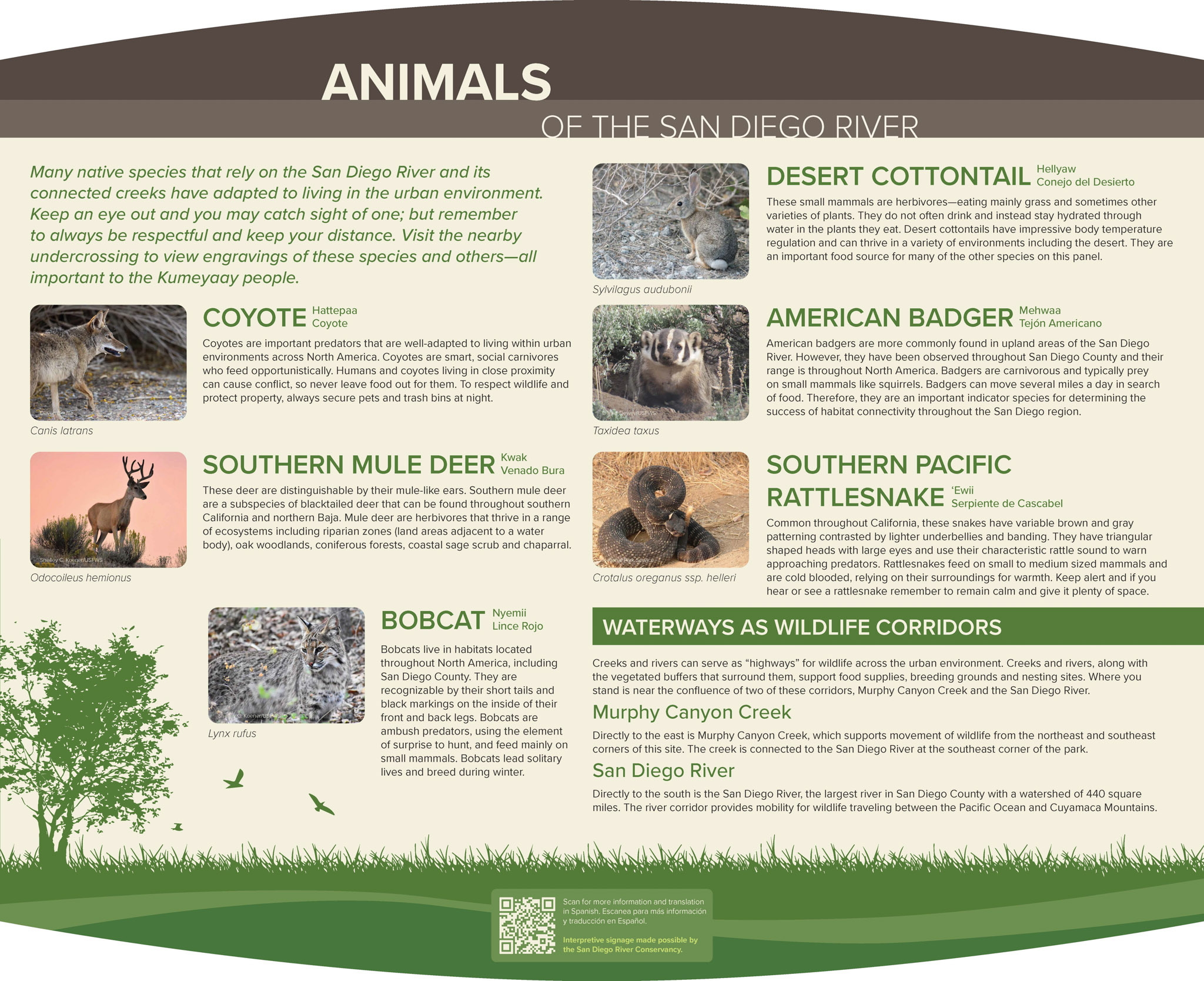 Many native species that rely on the San Diego River and its connected creeks have adapted to living in the urban environment. Keep an eye out, and you may catch sight of one. Please remember to always be respectful and keep your distance. Visit the nearby undercrossing to view engravings of these species and others—all important to the Kumeyaay people.
Many native species that rely on the San Diego River and its connected creeks have adapted to living in the urban environment. Keep an eye out, and you may catch sight of one. Please remember to always be respectful and keep your distance. Visit the nearby undercrossing to view engravings of these species and others—all important to the Kumeyaay people.
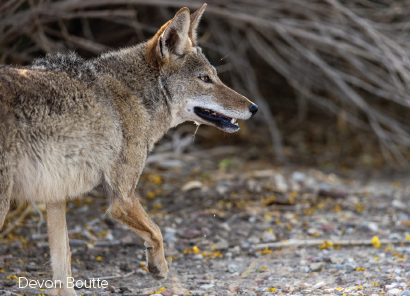
Coyote
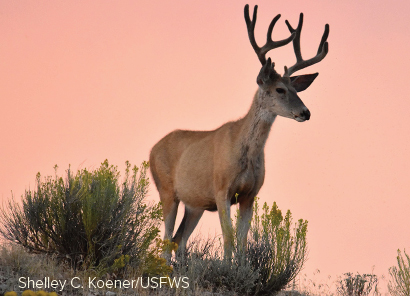
Southern Mule Deer / Venado Bura
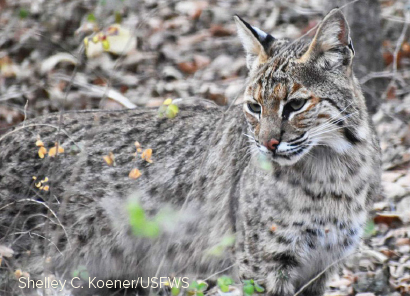
Bobcat / Lince Rojo
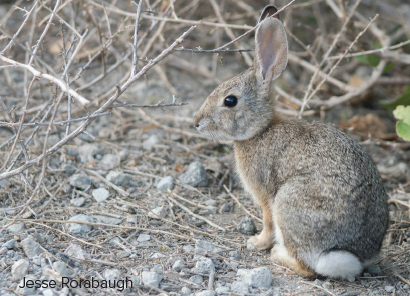
Desert Cottontail / Conejo del Desierto
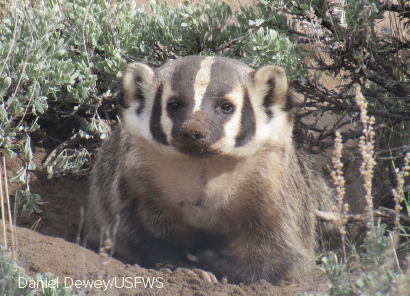
American Badger / Tejón Americano
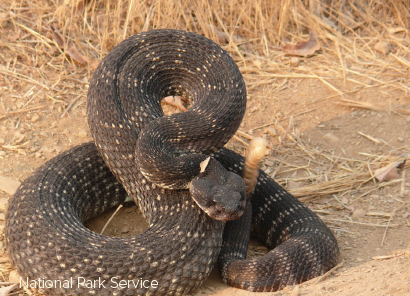
Southern Pacific Rattlesnake / Cascabel del Pacífico
WATERWAYS AS WILDLIFE CORRIDORS
Creeks and rivers can serve as “highways” for wildlife across the urban environment. Creeks and rivers, along with the vegetated buffers that surround them, support food supplies, breeding grounds and nesting sites. Where you stand is near the confluence of two of these corridors, Murphy Canyon Creek and the San Diego River.
MURPHY CANYON CREEK
Directly to the east is Murphy Canyon Creek, which supports wildlife movement from the northeast and southeast corners of this site. The creek connects to the San Diego River at the southeast corner of the park.
SAN DIEGO RIVER
Directly to the south is the San Diego River, the largest river in San Diego County with a watershed of 440 square miles. The river corridor provides mobility for wildlife traveling between the Pacific Ocean and Cuyamaca Mountains.

